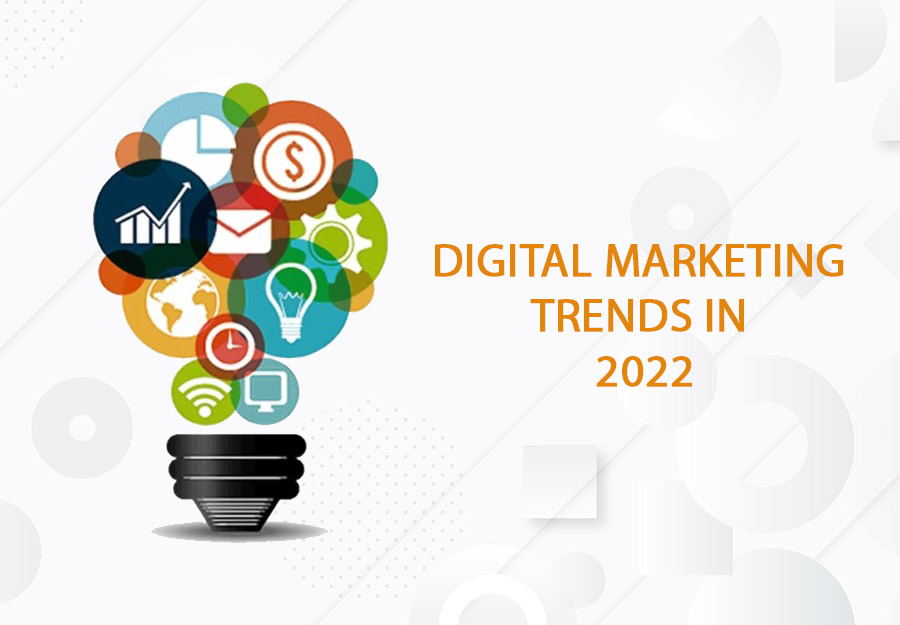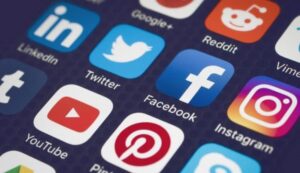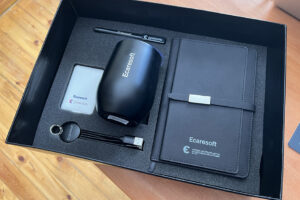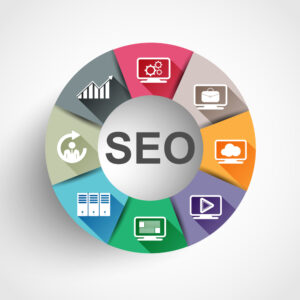Top 5 Digital Marketing Trends 2022 you should be aware of.
Digital marketing has existed since the early days of the internet, but there are numerous new trends that will continue to affect how businesses market themselves in the future.
Artificial intelligence, data-driven marketing, and voice search engine optimization (VSEO) were previously ridiculously ambitious notions. These are some of the most recent digital marketing trends 2022.
In this post, we’ll go over the 5 top significant digital marketing trends 2022 you can’t afford to ignore this year since they’ll help your business prosper in this age of never-ending marketing changes.
AI will become more prevalent.

Artificial intelligence (AI) is becoming more prevalent in our daily lives. It can be found in self-driving cars, smart speakers, and personal assistants. While there are still restrictions to how well AI works, it is apparent that it will play a larger role in the future.
Two fundamental factors have spurred the evolution of AI: the availability of vast amounts of data and the development of strong algorithms. In reality, AI is already being employed in unexpected ways. Google, for example, utilizes AI to assist with disease diagnosis, and Amazon uses AI to promote things to customers.
Artificial intelligence (AI) is becoming more prevalent in our daily lives. AI is becoming increasingly common as technology progresses. Artificial intelligence is already being used to improve customer service, forecast consumer behavior, and make recommendations.
Virtual Reality will continue to grow.
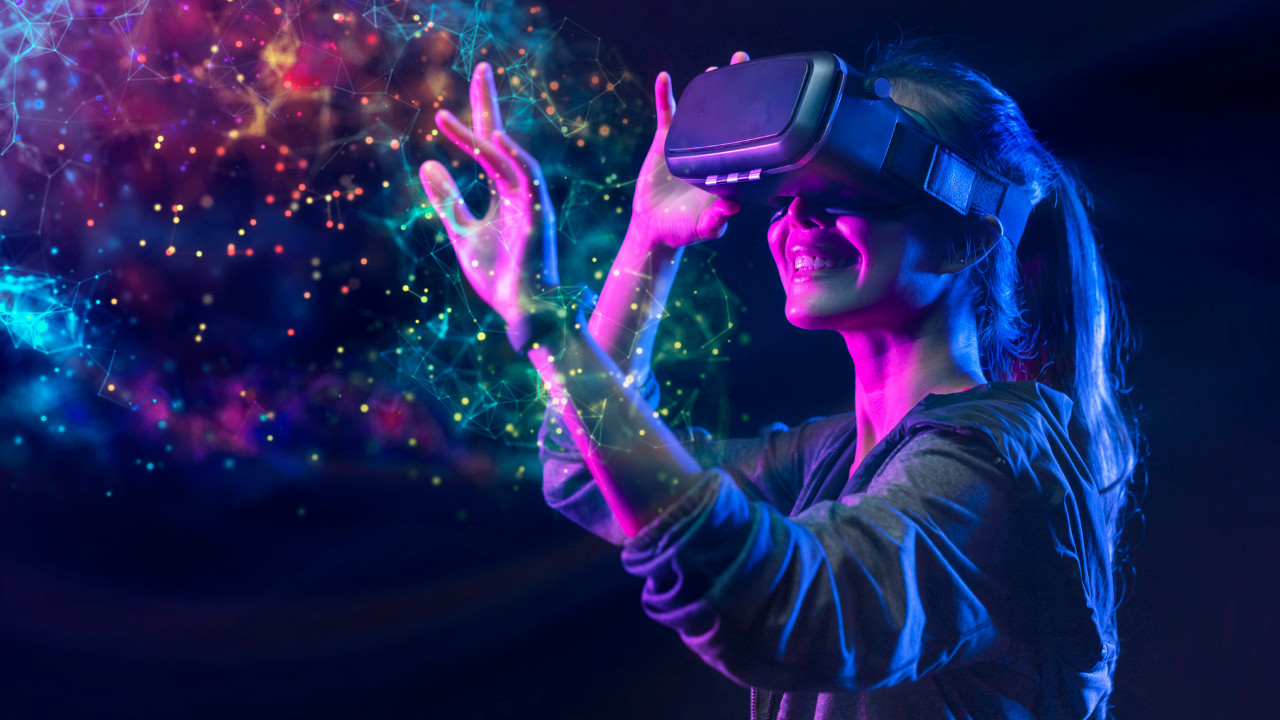
Aside from AI, virtual reality is becoming increasingly popular. Consumers may now purchase VR headsets at a variety of price points. While these technologies are not yet as advanced as those seen in science fiction films, they are improving year after year.
Although VR technology is not new, the barrier to entry remains high. A consumer must first acquire a headset, which typically costs around $200, and then download programs from the Google Play Store or the Apple App Store. However, VR has a promising future. As technology advances, the barrier to entry will reduce.
Gaming is now the most common usage of VR. Companies like Facebook and Sony are significantly investing in VR because they believe it is the next big thing. With the growth of VR comes the emergence of supporting technologies. Oculus Rift users, for example, may watch 360-degree films on YouTube. While there are several applications for VR, one of the most important is education. Students may use VR headsets to study about a variety of disciplines.
Mobile will remain king.

According to the most recent eMarketer research, mobile internet usage will continue to outperform desktop usage until 2021. This pattern is likely to persist through 2022. People will spend more time viewing the web via mobile as smartphones and tablets become increasingly popular.
According to the report, smartphone users spend roughly three times as much time online as tablet owners. In fact, the average smartphone user spends over four hours every day online. Tablet users, on the other hand, spend less than two hours every day online.
The internet of things will continue to evolve.

In addition to smartphones and tablets, the internet of things (IoT) is fast expanding. IoT devices are growing more prevalent, with an estimated 50 billion linked gadgets by 2020. These products include smart thermostats, refrigerators, vehicles, and light bulbs.
As the number of IoT devices increases, so does the volume of data created. According to Cisco Systems, there will be 1.4 trillion sensors connected to the internet by 2022. That implies there will be a lot more data entering our homes, businesses, and cars. While some of this information may be beneficial, much of it will be worthless.
The amount of data gathered will increase as the number of IoT devices increases. According to Cisco Systems, there will be 1.4 trillion linked gadgets by 2022, which means there will be a lot more information going into our homes, offices, and cars. However, most of this data will be worthless since many of the gadgets collecting it will have no idea what to do with it.
Here’s what to expect over the next decade.
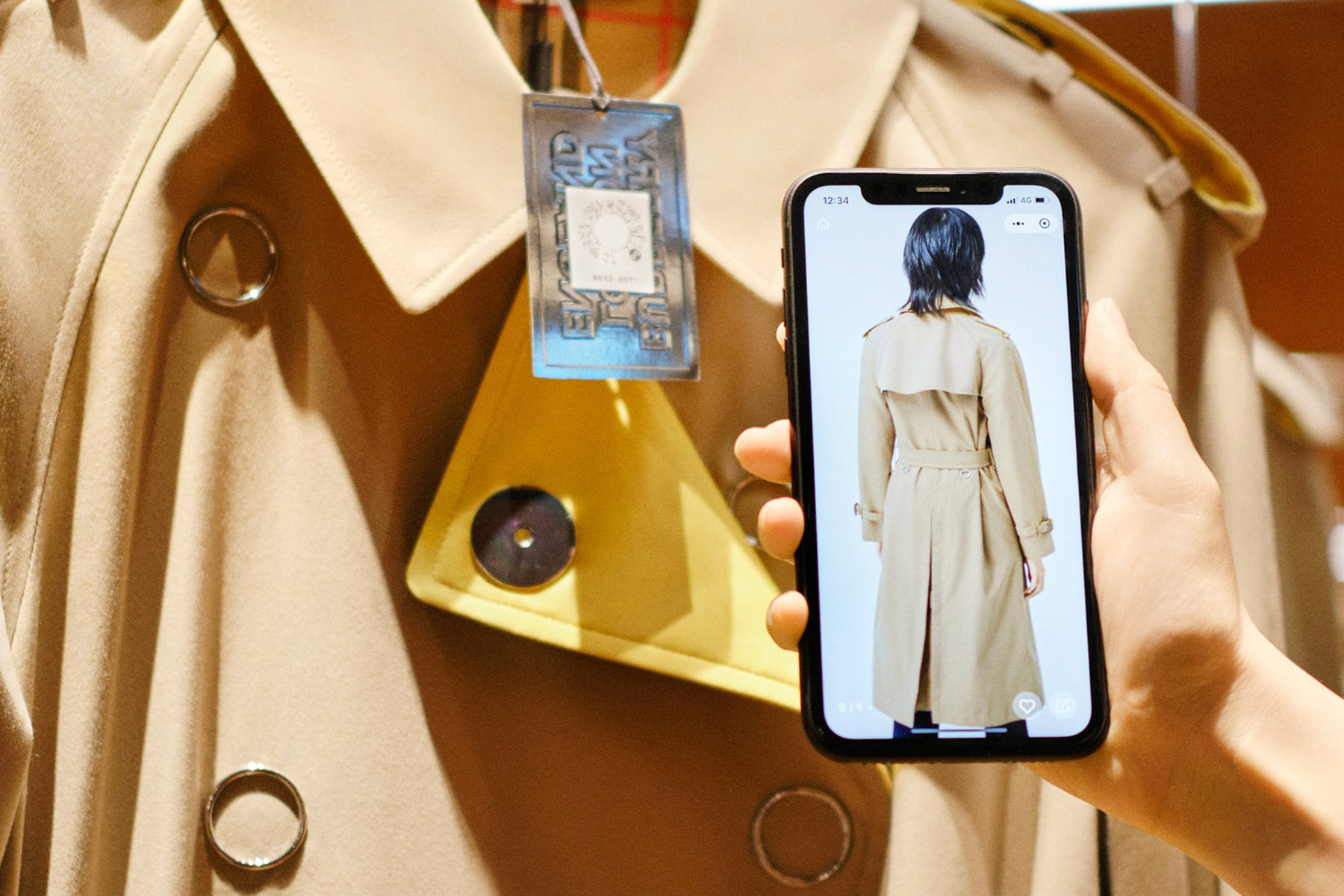
As technology advances, so will the ways in which customers interact with it. According to a recent Google poll, over half (48%) of U.S. people now own smartphones, and nearly one-third (36%) own tablets. This implies that more people are utilizing mobile devices to access the internet, and marketers must adjust accordingly.
The rise of mobile has been especially significant for ecommerce sites, as customers are increasingly shopping on their phones. While many merchants have started to embrace mobile commerce, there are still some significant difficulties ahead. Most online retailers, for example, continue to rely primarily on desktop browsers, requiring users to get to the site from their PCs. Mobile consumers, on the other hand, are less devoted to companies and frequently choose to view websites on their phones rather than their PCs. To offset this tendency, merchants may consider selling mobile apps rather than just a website. Customers may use apps to obtain information without having to leave their device, and they can also provide extra functionality such as coupons and loyalty reward programs.
